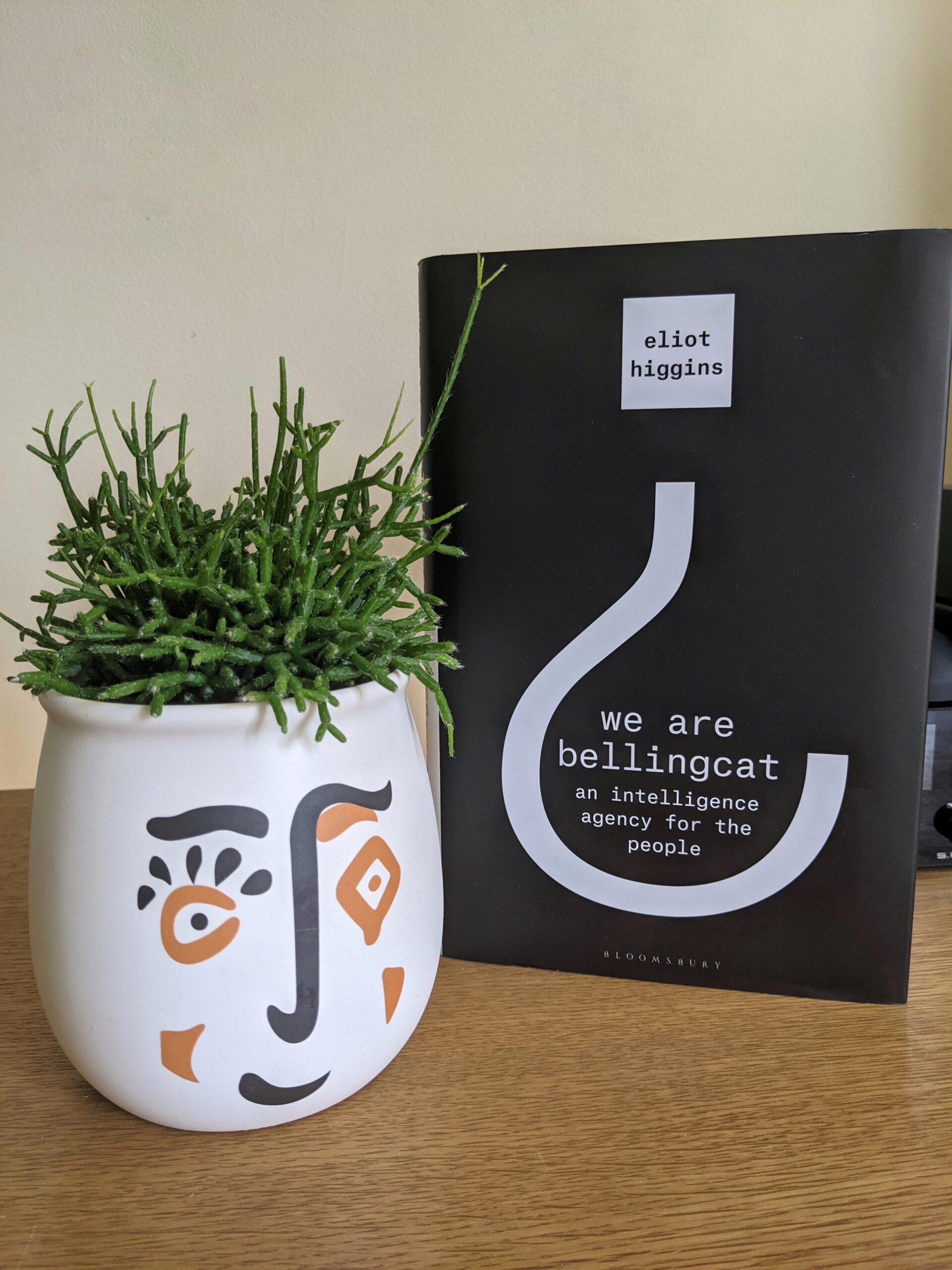
Image: Becca Challis
Becca Challis reviews the book We are Bellingcat: An Intelligence Agency for the People by Eliot Higgins.
Journalism is constantly adapting to technology. The first traditional print newspaper, The Weekley Newes, appeared in Britain in 1622, followed by the first daily The Daily Courant in 1702. From the invention of the printing press, through each technological advancement, the news was printed more, more often, and spread further.
Entering the digital age, online news instantly disrupted the print medium, in the same way the printing press dislodged the monks and scholars responsible for creating material by hand. Now, as the internet advances at breakneck speed, social media develops and super-computers and quantum computation are possibilities of the near future, journalists have the same responsibility to utilise new tools at their disposal.
Eliot Higgins, a self-described “citizen journalist”, seeks to do just that. His new book, We Are Bellingcat, a personal account of his career, is both compelling and absorbing. It shows the power of invention, discovery and the internet’s lasting potential for good. Furthermore, it demonstrates the need for more than traditional, on-the-ground reporting.
“Of course, fact-checking is also integral to this form of investigation”
Describing himself as “a school dropout” Higgins took refuge in online video games, which he played “with obsessive devotion”. But 9/11 caused a shift in his interests toward current affairs, noticing that “news was happening so fast and papers were so slow”. Joining online message boards and trawling through Twitter, Facebook, YouTube and Tumblr in the early hours before work, a decade after 9/11, Higgins began to follow the events of the Arab Spring very closely.
Through trial and error, Higgins discovered developments before news outlets by using information found on the internet – it was just a case of sifting through. Of course, fact-checking is also integral to this form of investigation, and Higgins taught himself to superimpose relevant images over Google Maps and street view, mimicking the exact angle and direction of the shot to verify the location – and therefore the information.
Posting his findings to his blog, Brown Moses, the Arab Spring was just the first in a series of investigations. Now hooked, Higgins worked on identifying the true sources of weapons in the conflict in Syria (becoming an arms expert in the process), the truth behind the shot down MH17 plane (in which 283 passengers and 15 crew were killed on 17 July 2014) and the real identity of the Russian agents behind the Salisbury poisonings. Alongside his online community and a network of collaborators, Higgins pieced together information tweet by tweet, video by video, taking Facebook stalking to the next level and holding governments of foreign nations to account – all from his computer. In his first year of blogging, Higgins went from “total obscurity to more than half a million views”.
“We tended to be detail-oriented obsessives, many of whom had spent our formative years at computers, enthralled by the power of the internet…”
In Bellingcat, Higgins remembers the talented Sunday Times correspondent Marie Colvin and the devastating events that led to her death from an explosion in the siege of Homs during the Syrian conflict, in February 2012. In conflicts that proved hostile to traditional foreign reporting, Higgins and other citizen journalists were able to keep the world informed in a very closed-off conflict, without endangering themselves. It shows the potential that technology could have in conflict reporting, as well as the scenario when traditional investigations have been compromised because of lack of access to the site, such as with MH17. The rich trail of breadcrumbs left behind on the internet, either purposefully by affected citizens or accidentally by perpetrators, is often enough to piece scenarios together. It takes patience, persistence and a forever curious attitude. The community that Higgins has developed, with contributors from more than twenty countries, is a testament to this.
He writes: “In this burgeoning investigative community I recognised a common personality type. We tended to be detail-oriented obsessives, many of whom had spent our formative years at computers, enthralled by the power of the internet… Most of us grew up assuming we would remain peripheral to the issues of the day, that the powers that be could just ignore small people like us. Suddenly this was not so. It was intoxicating.”
We Are Bellingcat is the story of accessible journalism, where all can take part no matter their background or education. It opens journalism to all, in effortless prose and matter-of-fact storytelling, suitable for any lovers of the newsroom or, more simply, those with a keen sense of curiosity of the world around them. Bellingcat is open to all – with guides, a podcast and paid workshops. In his book, Higgins provides a starter-kit for ‘armchair journalists’ everywhere – the only other requirements being a good nose and an eye for detail.
We Are Bellingcat: An Intelligence Agency for the People (Bloomsbury, £20) Buy it here.
5.0 out of 5.0 stars5.0















